Last month to shop K-Beauty on STYLE STORY. We’re moving to K-Beauty consultancy. Details
Menu
Niacinamide in K-Beauty
May 26, 2021

Niacinamide in K-Beauty
Episode Title: Niacinamide in K-Beauty Ep-55
Episode Description:
Niacinamide has been a K-Beauty favourite for years and thanks to its ability to do everything from improve your skin’s barrier function to fade acne scars it’s little wonder why. Today, we’re doing a deep-dive on niacinamide in K-Beauty, plus a few warnings on what not to do.
CONNECT WITH ME
Instagram: www.instagram.com/lauren.kbeauty
Facebook: www.facebook.com/stylestory.au
Website: www.thekoreanbeautyshow.com
Pinterest: https://www.pinterest.com.au/stylestoryau
Tik Tok: https://vt.tiktok.com/ZSaHUgHL/
Download Your Free Guide to K-Beauty: https://manage.kmail-lists.com/subscriptions/subscribe?a=XgHS8t&g=SmUKyF
Episode Summary:
K-Beauty News Headlines
The Ministry for the Environment in Korea has recently announced that from 2022, cosmetics containers will be required to modify their recycling labels. They will now need to indicate the grade for how easy or difficult it is to recycle the product.
Instead of the current labelling regime, which simply indicates how the products are to be recycled in Korea (i.e. PET bottles, plastic, styrofoam etc), from next year the labels will need to indicate the level of difficulty in recycling them as well. The expected phrasing is along the lines of “The Very Best” level or “Difficult”.
For example, if a container for a product was made of a combination of a plastic bottle, with a label and lid made of synthetic resins, it could be labelled “The Very Best” level for recycling. On the other hand, a plastic bottle with a paper label and a metallic lid would need to be labelled “Difficult” to recycle.
There are concerns within the industry about these changes potentially hurting the image of the K-Beauty industry abroad, mainly for two reasons:
- Korean products will be the only ones with such a sticker;
- It could encourage less innovative and simpler packaging, which would also make the products more easy to counterfeit.
What is Niacinamide?
A form of Vitamin B3, niacinamide is a skincare ingredient that’s a tried and true staple of many dermatological solutions.
It is perhaps best known for effectively brightening dull skin. But it has many other benefits that make it a staple in homemade skin clinics as well. These include:
- Firstly, improving skin tone and reducing the appearance of redness
- Reducing the appearance of fine lines and enlarged pore
- Strengthening skin
- Calming acne-prone skin

Who Should Use Niacinamide?
Niacinamide is a jack of all trades, working for a wide variety of skin types, ages and skin concerns. Be prepared to fall in love if you have:
A weak skin barrier
niacinamide increases the production of ceramides (which are crucial to support the skin’s lipid barrier). It also helps prevent water loss. Over time, use of niacinamide will help reduce redness, blotchiness and sensitivity, all of which are aggravated when the skin’s barrier is compromised.
Acne
Because niacinamide is non-irritating and anti-inflammatory it is perfect for acne. In addition, it helps to regulate sebum, which means that niacinamide is also perfect for people battling oily skin.
A dull complexion
Niacinamide brightens a dull complexion by taking care of pigmentation and boosting the skin’s barrier, which contributes to a sallow complexion (particularly if it is damaged).
Aging skin
Niacinamide boosts collagen production, assisting with better synthesis and formation of collagen and elastin.
Hyperpigmentation
Niacinamide reduces the appearance of uneven pigmentation and redness by slowing down the transfer of melanin.
Why More is Not Necessarily More
Niacinamide has been popping up in practically everything lately, which is making it easier than ever to get your hands. But, this also means it has never been easier to overdo it.
For some users, higher concentrations of niacinamide can lead to redness and irritation, particularly near the eyes.
So what is a high concentration?
Well, studies have shown that dosages as low as 2% are effective. So anything over 2% is technically a bonus!
This is why 2% is the golden standard in Korean beauty products. Having reviewed thousands on K-Beauty ingredients lists (and their percentages!)
I rarely see niacinamide in Korean Beauty products in percentages less than 2%. In fact, I would say 2% is the rule. This is probably because the Korean Food and Drug Administration (KFDA) stipulates that products must contain at least 2% to make brightening claims. If they contain anything more than that, the companies will likely say so on the packaging, because it’s a good marketing point.
As a general rule of thumb, the minimum effective dose of niacinamide is good enough.
Although there are commercially available products with super high dosages (eg. The Ordinary’s Niacinamide 10% + Zinc 1% Serum), be careful when combining multiple products with niacinamide. If you’re layering toners, serums, essences, moisturisers and sleeping masks in a single routine its easy to see how you could in fact be getting a much high dose.

What To Do Instead
As always, play it safe and starting with lower dosages before scaling up. You only have one skin barrier and if you damage it, you risk disturbing its protective abilities to keep bad bacteria out, and hydration in.
While you’re at it, check to see what other skincare actives or chemical exfoliants are in your routine. We’re talking things like:
- L-ascorbic acid (pure Vitamin C)
- AHAs
- BHAs
- PHAs
- Retinols and Vitamin A
Overdoing on these products can lead to over-exfoliation as well, the results of which aren’t pretty.
Can you use vitamin C and niacinamide together?
The fear of using vitamin C and niacinamide together stems from the belief that they’ll cancel each other out chemically, rendering both formulas ineffective. This fear is only increased by the fact that vitamin C is an extremely finicky ingredient to work with, prone to oxidisation.
Vitamin C, or pure ascorbic acid, is a naturally occurring antioxidant that helps to protect us from UV damage as well as reduce hyperpigmentation (from sun spots or acne scars) and even increase collagen production.
These two ingredients are well known for their benefits, so it would make sense that you would want to use them together.
However, studies from over 40 years ago claimed that niacinamide and vitamin C can’t work together. A lot of the concern stems from the idea of niacinamide hydrolyzing into niacin when combined with vitamin C or any other acidic product. This conversion activates epidermal langerhans cells, causing redness and tingling. But any product with niacinamide and an acid can actually hydrolyze into nicotinic acid over time, regardless of its association with vitamin C.
The big problem with the studies was that it ignored the fact that many of the concerns about niacinamide can be eliminated by keeping them out of direct sunlight and in cool, stable environments.
Niacinamide’s conversion to nicotinic acid only converts under extreme heat for extended periods of time, and that only small amounts of the product actually change over.
The key things to look out for are flushing or redness - as long as you aren’t experiencing these, and you are storing your products properly, you should be fine.
If you combine the two ingredients together note that they will turn yellow, but this is still safe and they can still work for brightening.
Basically - If you have more sensitive skin and are worried about the possible effects of a niacin flush, then you can alternate your niacinamide and vitamin C day to day. But if your skin isn’t particularly sensitive, go ahead and use them together!

K-Beauty Niacinamide Products
K-Beauty has been a long time promoter of niacinamide, particularly for Korean girls in the pursuit of glass skin.
Try:
Jelly Ko Cherry Blossom Sleeping Mask - Made with real Cherry Blossom extracts along with a functional amount of niacinamide this gel-textured sleeping mask provides cooling benefit and is beautifully hydrating.
Some By Mi Yuja Niacin 30 Days Blemish Care Serum – Formulated with Korean Yuja extract and 5% niacinamide for brightening, this serum restores dull and stressed skin.
Jelly Ko Bubble Tea Steam Cream - combining the benefits of an oil and serum into a moisturising cream, Bubble Tea Steam Cream also uses a functional amount of niacinamide, making it great for brightening.
Resources for Today’s Episode - Niacinamide in K-Beauty Ep-55
What to do if you like today’s episode - Niacinamide in K-Beauty Ep-55
- Don’t forget to hit subscribe so you don’t miss another episode and leave a rating and review so others can find us!
- To continue the chat you’ll find me on Instagram @lauren.kbeauty
STYLE STORY - Your Go-To for K-Beauty
Shop Now
"Niacinamide is a jack of all trades, working for a wide variety of skin types, ages and skin concerns."
- Lauren Lee, Host of the Korean Beauty Show podcast
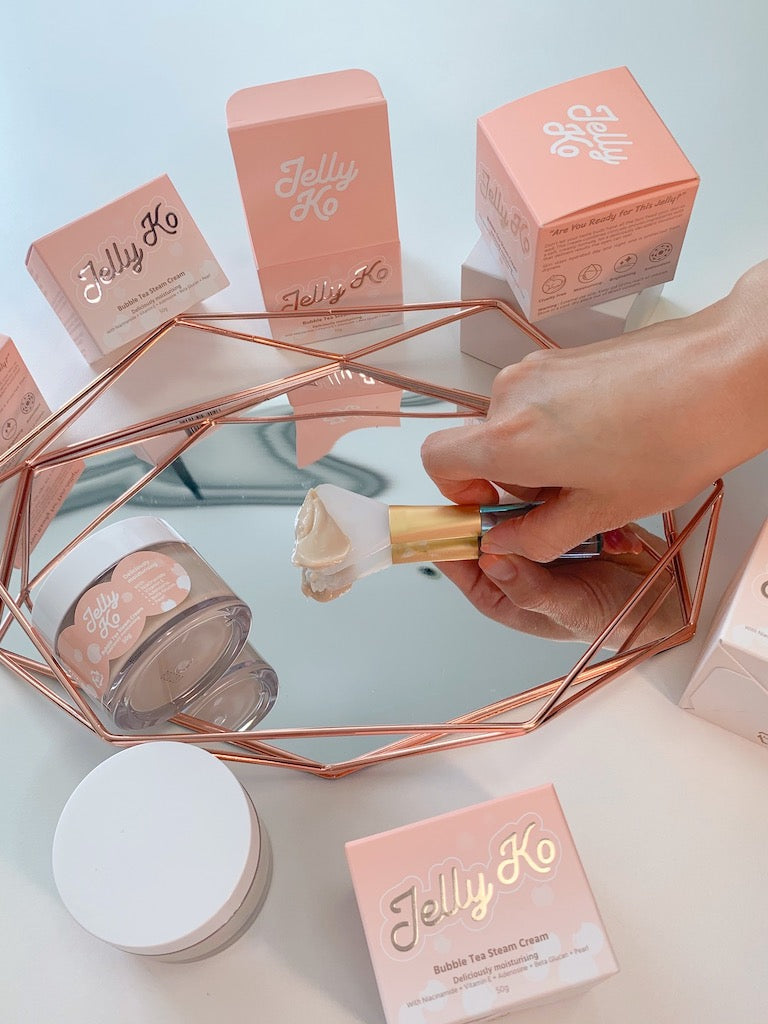
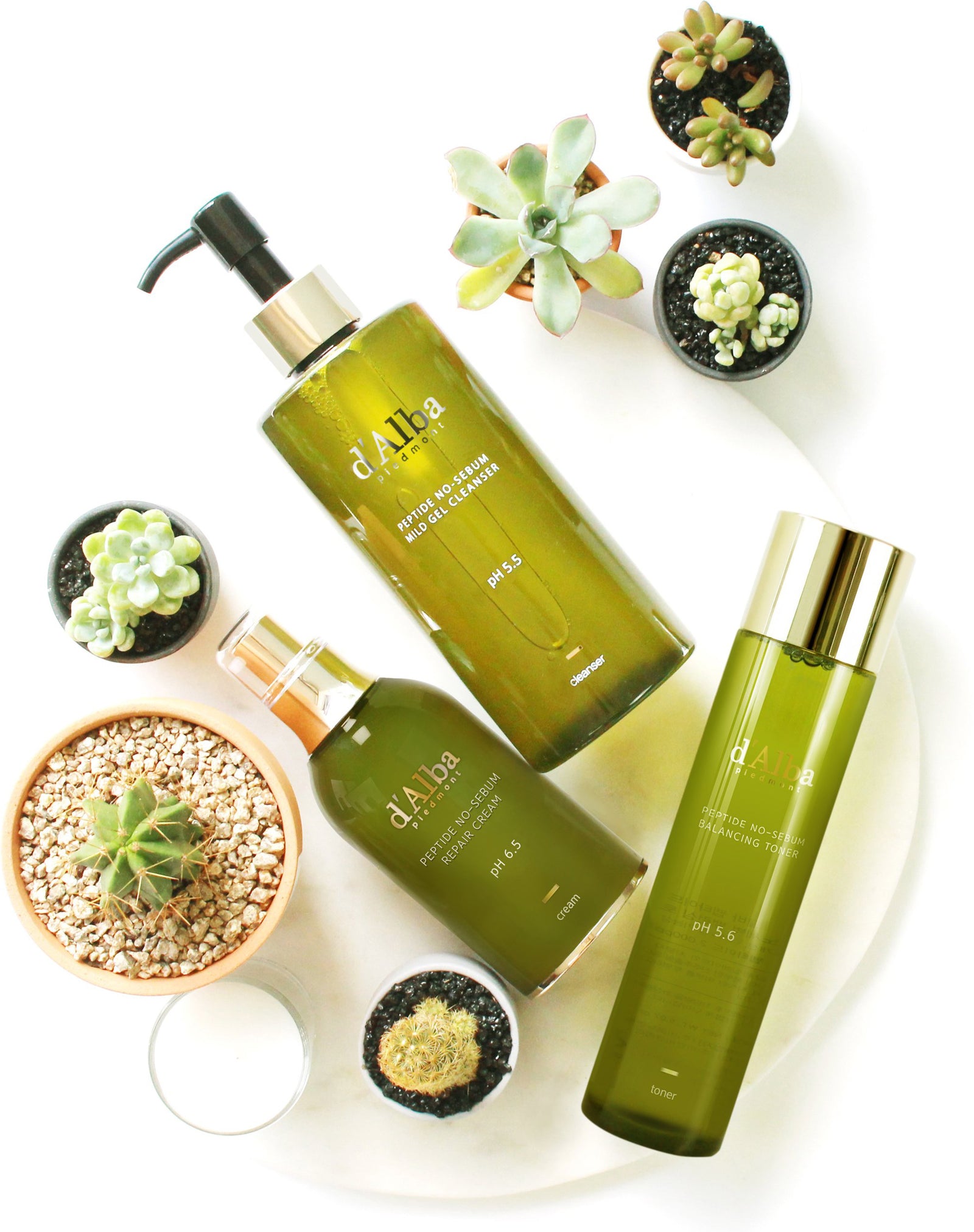
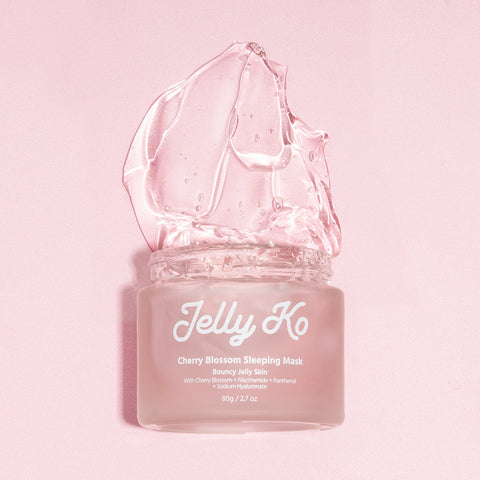
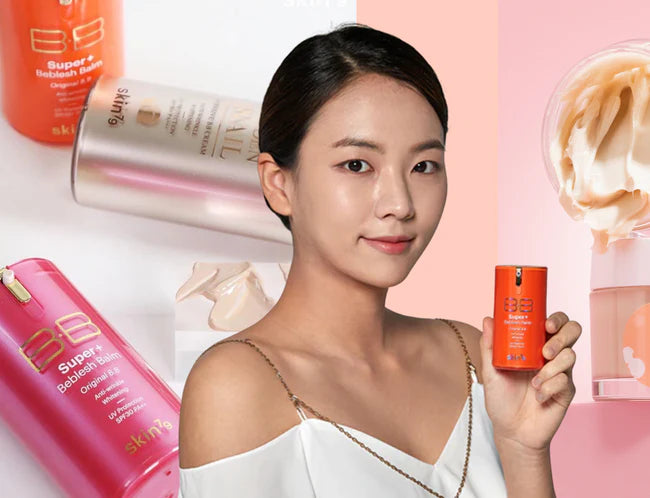
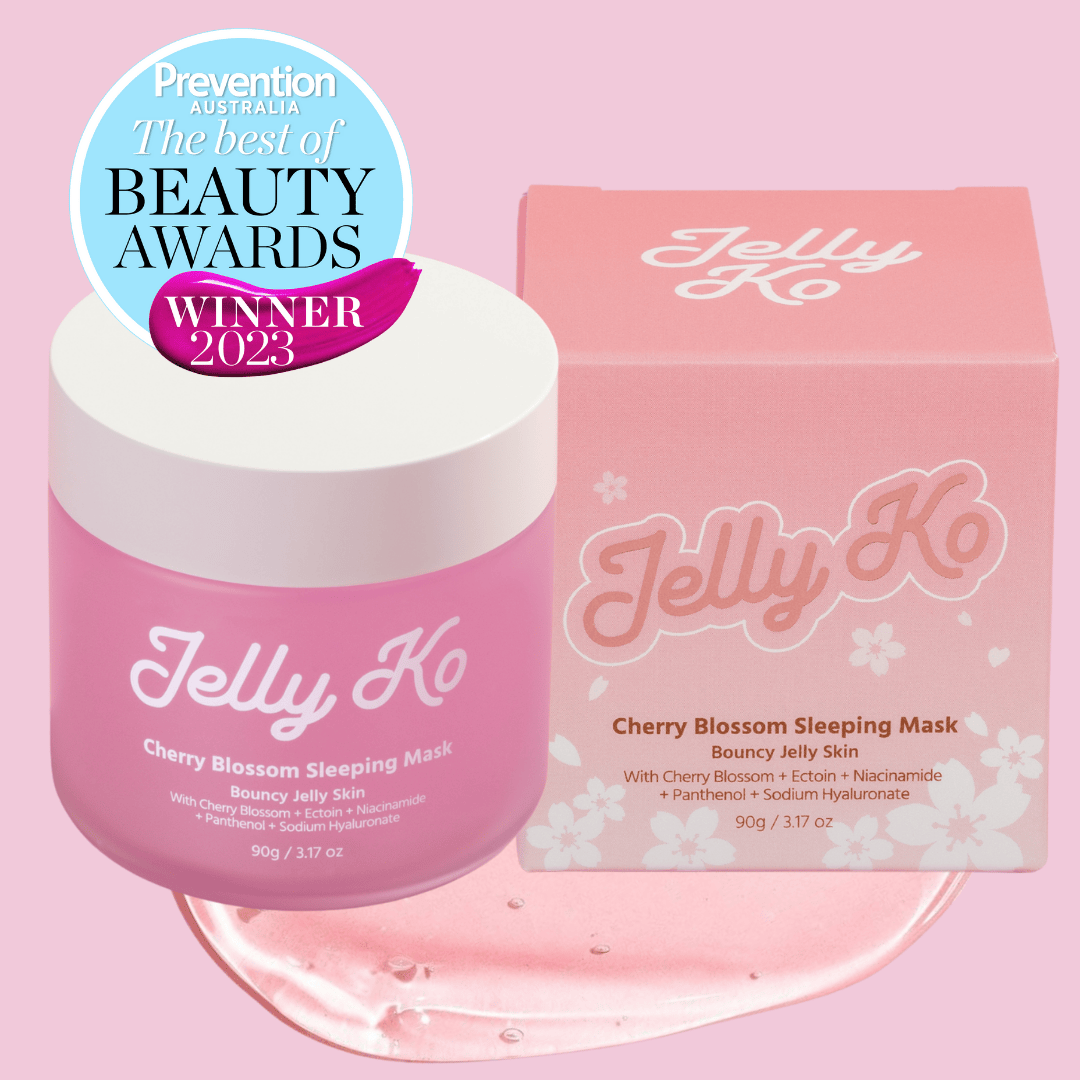
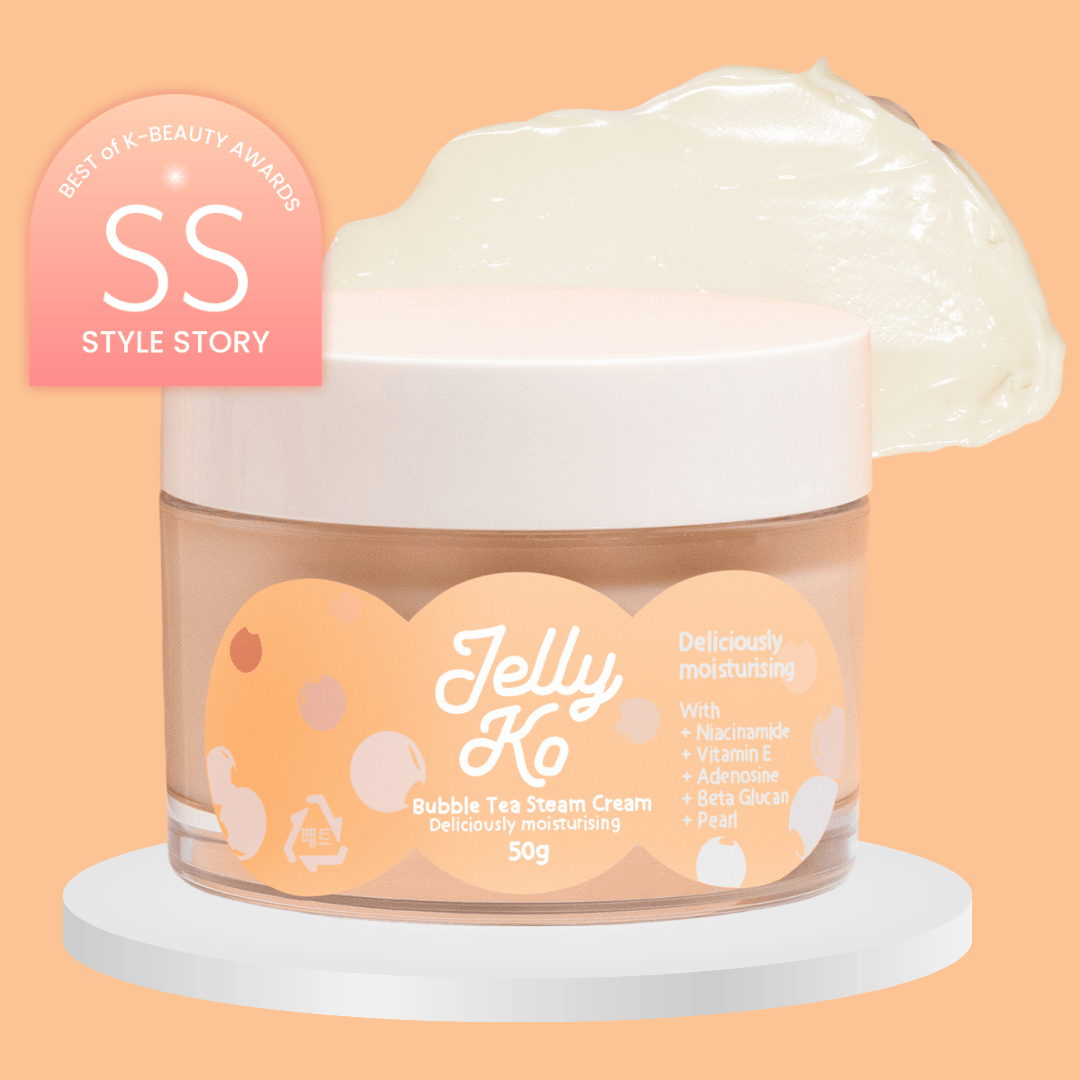
Leave a comment
Comments will be approved before showing up.